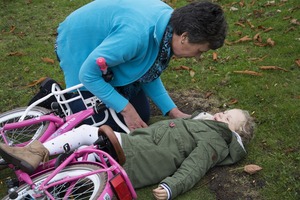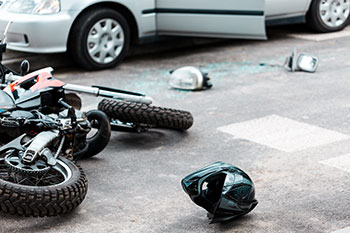 When you place your loved one in the care of trained staff at a nursing home, the last thing you think about is the possibility that your relative may succumb to a fatal infection. But that is what is happening around the country, as elderly patients in overcrowded nursing homes fall victim to severe infections–called sepsis–as a result of bedsores, according to an investigation by Kaiser Health News and The Chicago Tribune.
When you place your loved one in the care of trained staff at a nursing home, the last thing you think about is the possibility that your relative may succumb to a fatal infection. But that is what is happening around the country, as elderly patients in overcrowded nursing homes fall victim to severe infections–called sepsis–as a result of bedsores, according to an investigation by Kaiser Health News and The Chicago Tribune.
A federal report recently revealed that sepsis is the most common reason for transferring patients from a nursing home to a hospital, and death occurs much more often in sepsis cases than in hospitalizations for other reasons. Sadly, as many as 25,000 patients a year are transferred to hospitals suffering from sepsis, according to a report by a private health care data firm. And the statistics in Illinois are similarly bleak: every year about 6,000 nursing home residents are hospitalized for sepsis, and 1 in 5 pass away.
Sepsis is a potentially life-threatening complication of a serious infection in the bloodstream that can develop in bedridden patients. These serious infections are often the result of bedsores–also called pressure sores–that go untreated in nursing homes. Fully 60% of nursing homes in Illinois have been cited for failing to properly treat bedsores. Elderly residents, who may be in fragile health already, can have difficulty recovering from sepsis, and that is why it is so deadly.
 Illinois Personal Injury Lawyer Blog
Illinois Personal Injury Lawyer Blog





 Fourth of July typically means barbecues, picnics, parades, and fireworks, but every year amateur fireworks do more than just entertain. According to the National Fire Protection Association, they cause thousands of serious injuries and fires every year. In fact, in recent years, fireworks have been one of the leading causes of injuries serious enough to require a trip to the hospital, resulting in 12,900 emergency room visits in 2017 alone.
Fourth of July typically means barbecues, picnics, parades, and fireworks, but every year amateur fireworks do more than just entertain. According to the National Fire Protection Association, they cause thousands of serious injuries and fires every year. In fact, in recent years, fireworks have been one of the leading causes of injuries serious enough to require a trip to the hospital, resulting in 12,900 emergency room visits in 2017 alone. Now that the warm, summer weather is here, more and more people are on the roads, taking a ride on their motorcycles. However, this enjoyable summer pastime is not without danger.
Now that the warm, summer weather is here, more and more people are on the roads, taking a ride on their motorcycles. However, this enjoyable summer pastime is not without danger.



